ROME (CNS) — Under a strong spring sun, hundreds of men processed past ancient Roman ruins carrying statues of the crucified Christ and his sorrowful mother on heavy wood bases.
They were accompanied May 17 by tens of thousands of members of Catholic confraternities from Spain, Italy, Portugal, France and dozens of other countries.
The Jubilee of Confraternities featured two processions — one from near the third-century Baths of Caracalla and the other from near Rome’s Colosseum — that met at the Circus Maximus, the ancient chariot-racing stadium that is now a grass-covered basin that hosts concerts and large public gatherings.
The main attractions of the processions, which lasted more than four hours, were the 2-ton statue “Virgen de la Esperanza” (Our Lady of Hope) of Málaga, Spain — carried by 270 men — and the statue of the crucified Christ, called “the Most Holy Christ of the Expiration,” also known as “El Cachorro,” from Seville, Spain. That statue was carried by 40 men, who all were hidden from view as they bore the statue under drapery.
The statues had been on display May 16 in St. Peter’s Basilica where the pilgrims celebrated Mass. But as they were carried through Rome, throngs of residents and tourists lining the streets applauded.
Many of the confraternities trace their origins to the Middle Ages. While they are most known for their penitential processions in Holy Week in Spain or on Marian feast days in other countries, they also continue to be engaged in works of charity and keep ancient forms of popular piety alive in villages and cities throughout Europe.

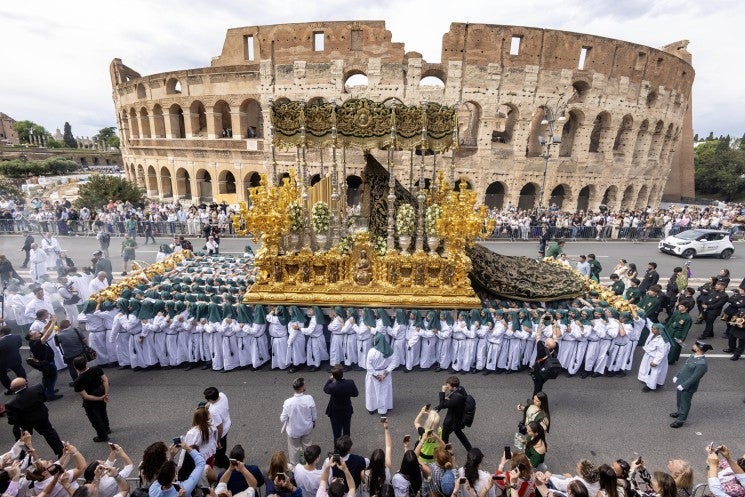
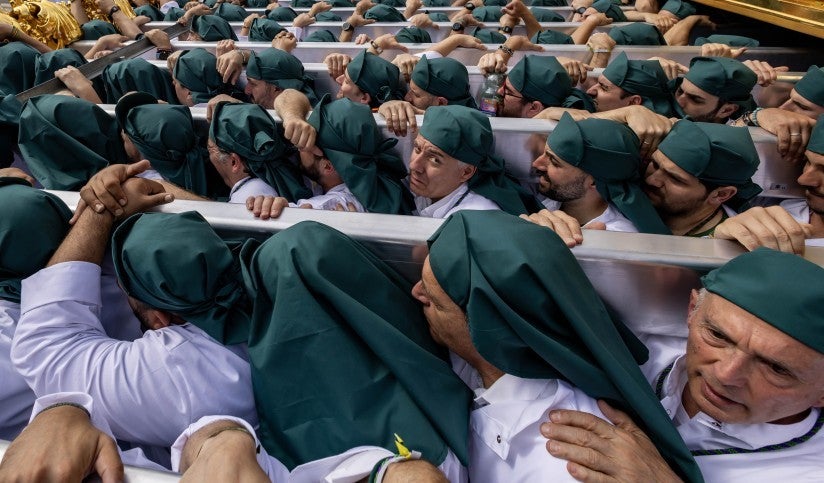
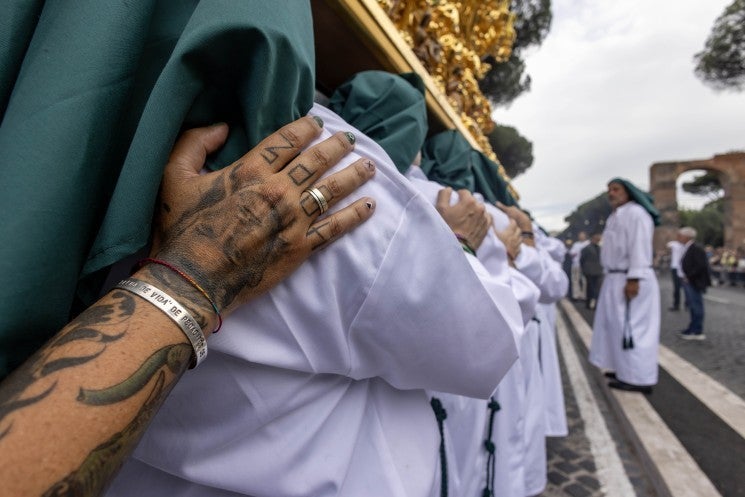
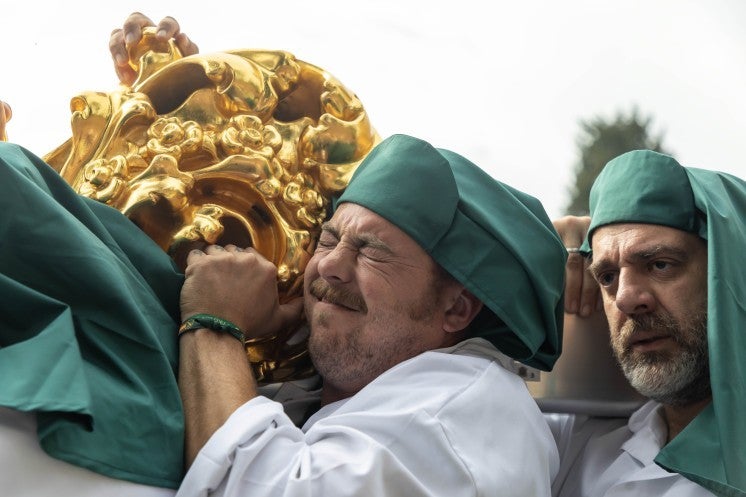
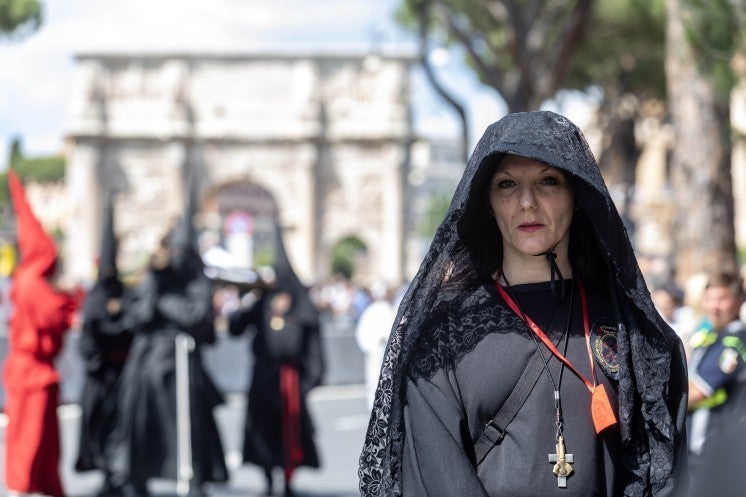
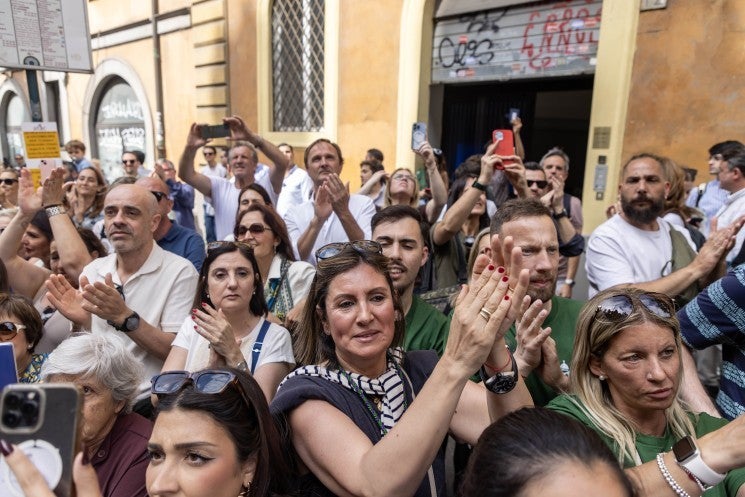
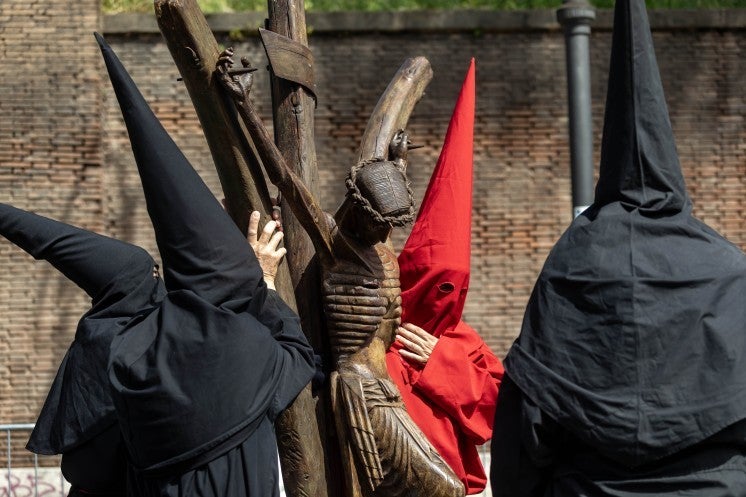
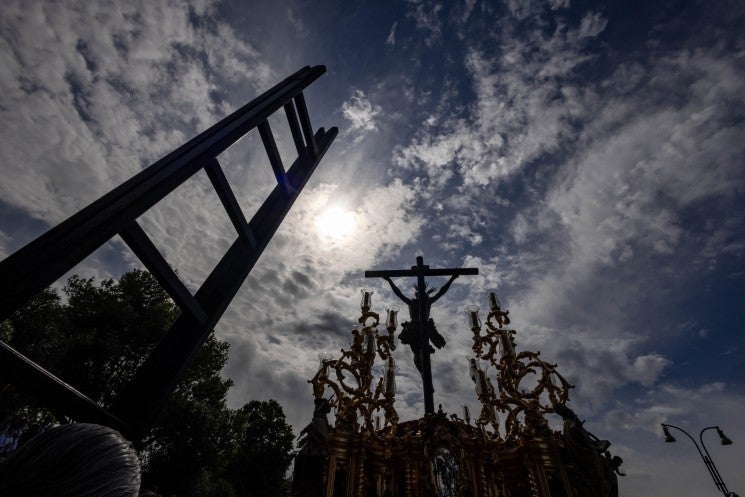
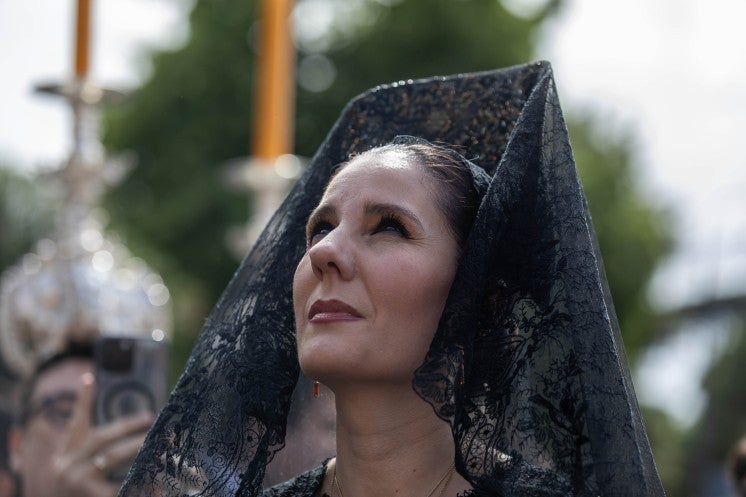
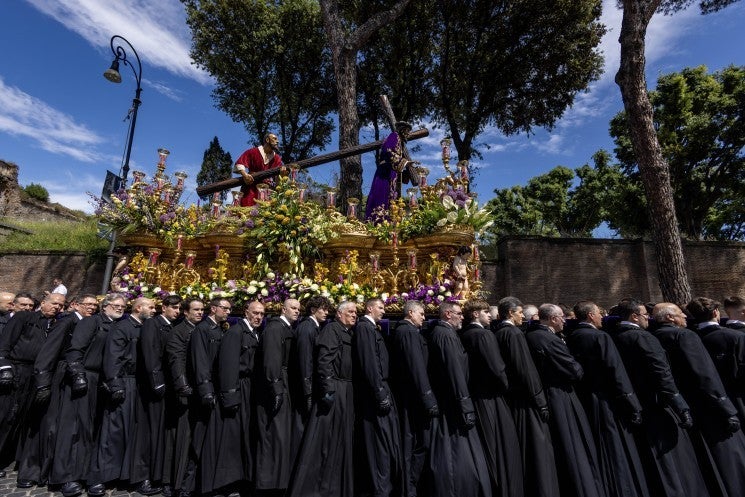
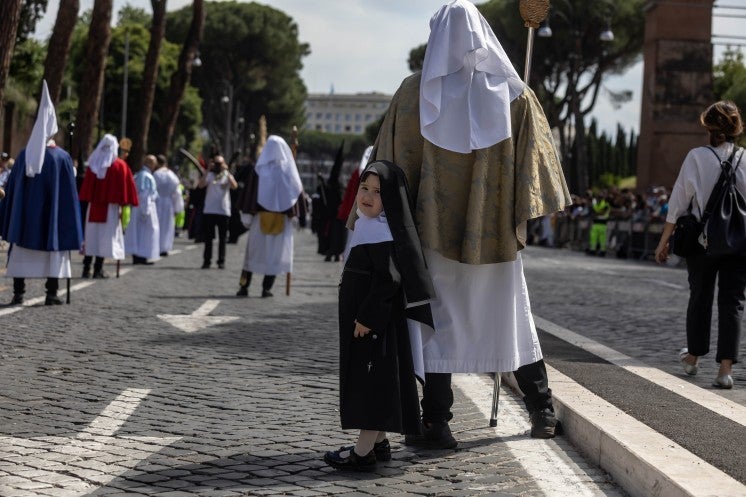
Leave a Reply
You must be logged in to post a comment.